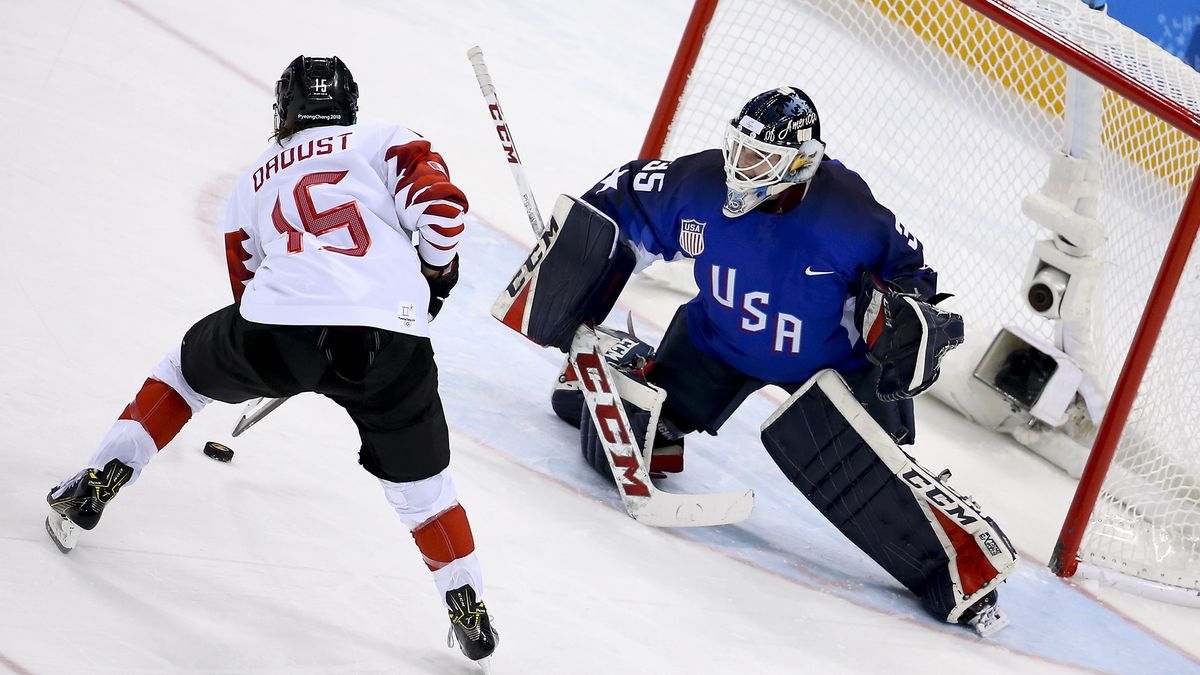Power Plays: NHL Broadcast Strategies for Success

Networks understand that the game is not just about the action on the ice but also about the players and their journeys. Through in-depth interviews, behind-the-scenes footage, and personal anecdotes, broadcasters humanize the athletes, allowing fans to connect with them on a deeper level. This storytelling aspect adds an emotional dimension to the broadcast, making it more than just a series of plays but a narrative that unfolds before the viewers’ eyes. Lastly, American ice hockey broadcasts have embraced the power of social media and interactive features. Networks encourage fans to engage with the broadcast through live polls, interactive graphics, and real-time updates on social media platforms.
This interactivity allows fans to feel like an active part of 스포츠중계 the game, fostering a sense of community and camaraderie among viewers. In conclusion, the American ice hockey broadcast extravaganza has transformed the way fans experience the sport. Through cutting-edge technology, immersive audio, insightful commentary, storytelling, and interactivity, networks have created a viewing experience that goes beyond the game itself. Whether you are a die-hard fan or a casual viewer, tuning into an American ice hockey broadcast is an exhilarating journey that brings the frozen action to life in your living room.” Sports broadcasting has come a long way since its inception.
From humble beginnings of radio broadcasts to the modern-day live streaming, the evolution of sports broadcasting has revolutionized the way we consume sports. With advancements in technology and the rise of digital platforms, fans can now enjoy their favorite sports from the comfort of their homes, and even on the go. One of the earliest forms of sports broadcasting was through radio. In the early 1920s, radio stations started broadcasting live play-by-play commentary of baseball games. This allowed fans who couldn’t attend the games to still follow the action. As technology improved, radio broadcasts expanded to cover other sports such as football, basketball, and hockey. The radio became an essential tool for sports enthusiasts, creating a sense of community and shared experience.


